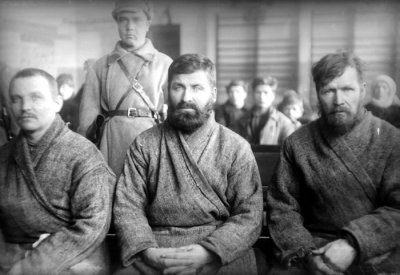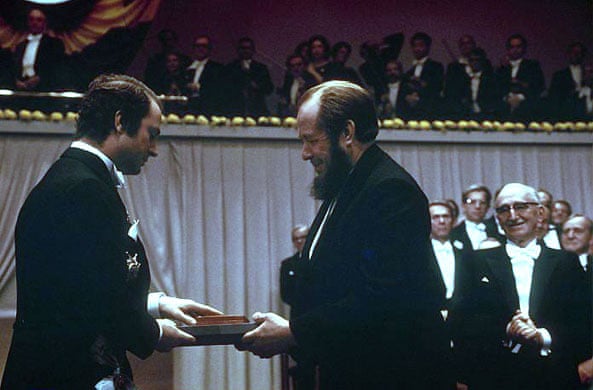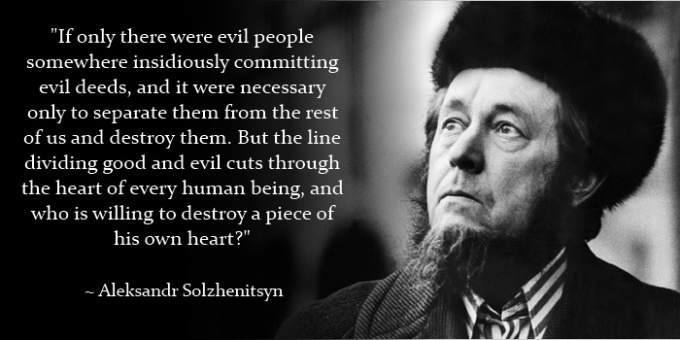Exposure to Cold
Cooling of body parts may result in various cold injuries - nonfreezing injuries, freezing injuries, and hypothermia which is the most serious. Nonfreezing cold injuries include chilblain and immersion foot. Frostnip and frostbite are freezing injuries.Toes, fingers, ears and nose are at greatest risk because these areas do not have major muscles to produce heat. In addition, the body will preserve heat by favouring the internal organs and reducing the flow of blood to the extremes under cold conditions. Hands and feet tend to get cold more quickly than the torso because:1.they lose heat more rapidly since they have a higher surface area-to-volume ratio and 2.they are more likely to be in contact with colder surfaces than other parts of the body.If the eyes are not protected with goggles in high wind chill conditions, the corneas of the eyes may freeze.The most severe cold injury is hypothermia which occurs from excessive loss of body heat and the lowering internal temperature of the body.
Nonfreezing Injuries
Chilblain- Chilblains are the painful inflammation of small blood vessels in your skin that occur in response to sudden warming from cold temperatures. Also known as pernio, chilblains can cause itching, red patches, swelling and blistering on toes, fingers, nose, and ears.

Immersion foot- occurs in individuals whose feet have been wet, but not freezing cold, for days or weeks. It can occur at temperatures up to 10°C (50°F). The primary injury is to nerve and muscle tissue. Symptoms include tingling and numbness; itching, pain, swelling of the legs, feet, or hands; or blisters may develop. The skin may be red initially and turn to blue or purple as the injury progresses. In severe cases, gangrene may develop.

Freezing Injuries
Frostnip-is the mildest form of a freezing cold injury. It occurs when ear lobes, noses, cheeks, fingers, or toes are exposed to the cold and the top layers of a skin freeze. The skin of the affected area turns white and it may feel numb. The top layer of skin feels hard but the deeper tissue still feels normal (soft).

Frostbite-is a common injury caused by exposure to extreme cold or by contact with extremely cold objects. It may also occur in normal temperatures from contact with cooled or compressed gases. Frostbite occurs when tissue temperature falls below the freezing point (0°C/32°F), or when blood flow is obstructed. Blood vessels may be severely and permanently damaged, and blood circulation may stop in the affected tissue. In mild cases, the symptoms include inflammation of the skin in patches accompanied by slight pain. In severe cases, there could be tissue damage without pain, or there could be burning or prickling sensations resulting in blisters. Frostbitten skin is highly susceptible to infection, and gangrene (local death of soft tissues due to loss of blood supply) may develop.

Hypothermia-The sensation of cold followed by pain in exposed parts of the body is one the first signs of mild hypothermia.As the temperature continues to drop or as the exposure time increases, the feeling of cold and pain starts to diminish because of increasing numbness (loss of sensation). If no pain can be felt, serious injury can occur without the victim's noticing it.Next, muscular weakness and drowsiness are experienced. This condition is called hypothermia and usually occurs when body temperature falls below 33°C. Additional symptoms of hypothermia include interruption of shivering, diminished consciousness and dilated pupils. When body temperature reaches 27°C, coma (profound unconsciousness) sets in. Heart activity stops around 20°C and the brain stops functioning around 17°C.
Youtube link:https://www.youtube.com/watch?v=-M07_HlGUZk
Other Links:http://www.ccohs.ca/oshanswers/phys_agents/cold_health.html
http://www.ccohs.ca/oshanswers/phys_agents/cold_general.html












